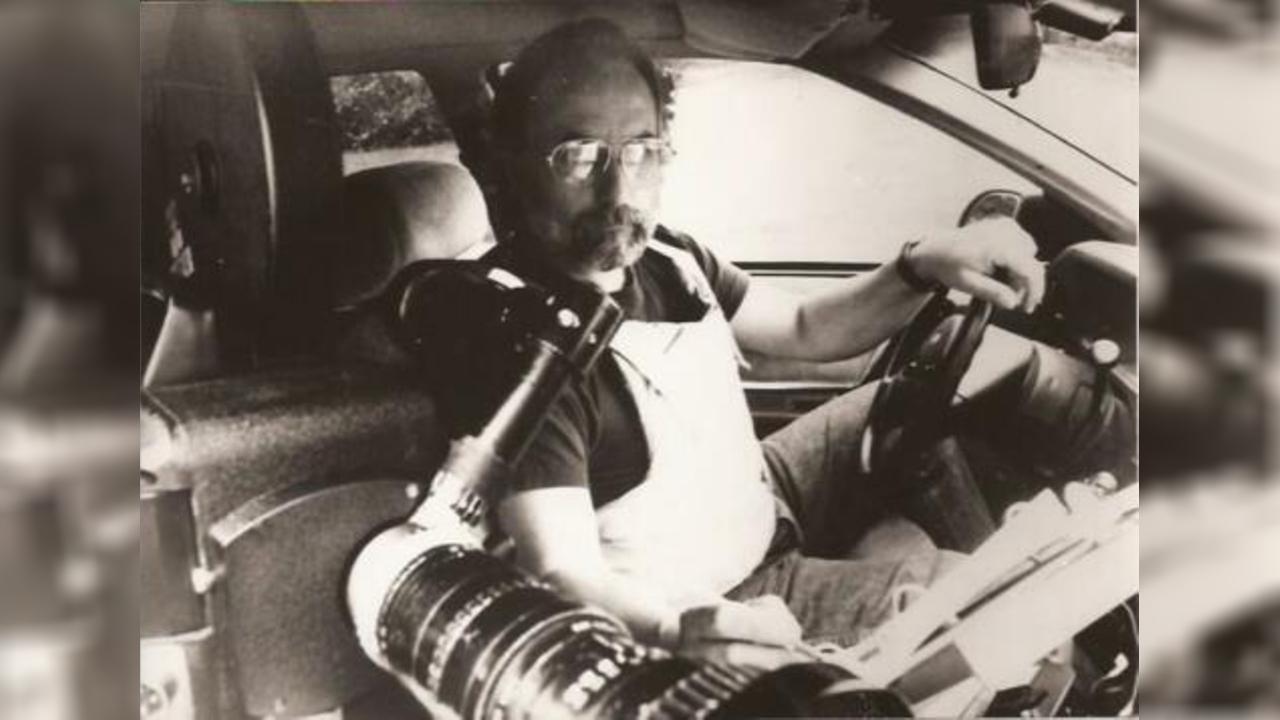

Drive-by Shooting(1994)
With a movie camera mounted in the passenger seat of his car, Andy Anderson drove around filming his local neighbourhood of Fort Worth, Texas. The procession of sunny lawns and quiet houses has a day-dreamy innocence, however on the soundtrack, a narrator recites from the police records of over 600 crimes committed in the area. Domestic violence, petty theft, drug related assault; the list of vicious and hapless actions unfolds randomly, "a woman said her husband punched her in the face when he asked her for ten dollars and she didn't have the money. theft; two lawnmowers.." In a powerful counterpoint of sound and image Drive By Shooting creates a two hour-long surveillance film that misses all the action, yet evokes a sense of vulnerability on the streets and violence behind closed doors.
Movie: Drive-by Shooting

Drive-by Shooting
HomePage
Overview
With a movie camera mounted in the passenger seat of his car, Andy Anderson drove around filming his local neighbourhood of Fort Worth, Texas. The procession of sunny lawns and quiet houses has a day-dreamy innocence, however on the soundtrack, a narrator recites from the police records of over 600 crimes committed in the area. Domestic violence, petty theft, drug related assault; the list of vicious and hapless actions unfolds randomly, "a woman said her husband punched her in the face when he asked her for ten dollars and she didn't have the money. theft; two lawnmowers.." In a powerful counterpoint of sound and image Drive By Shooting creates a two hour-long surveillance film that misses all the action, yet evokes a sense of vulnerability on the streets and violence behind closed doors.
Release Date
1994-02-05
Average
5.2
Rating:
2.6 startsTagline
Genres
Languages:
EnglishKeywords
Recommendations Movies
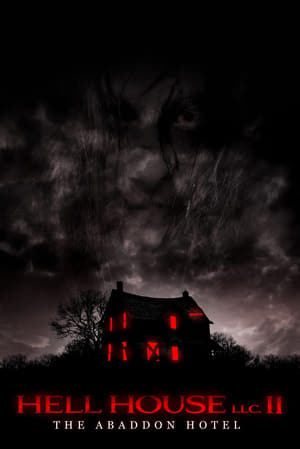 5.6
5.6Hell House LLC II: The Abaddon Hotel(en)
Eight years after the opening night tragedy of HELL HOUSE LLC, many unanswered questions remain. Thanks to an anonymous tip, an investigative journalist is convinced that key evidence is hidden inside the abandoned Abaddon Hotel. She assembles a team to break into the hotel in hopes of discovering the truth. But the source of the tip and the secrets of the Abaddon Hotel are more horrifying than any of them could have imagined.
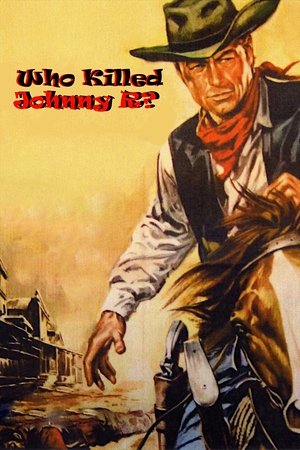 7.6
7.6Who Killed Johnny R.?(de)
An assumed-dead gangster wants to implicate a completely innocent man to pay for his crimes so he can give the slip to his avengers and persecutors.
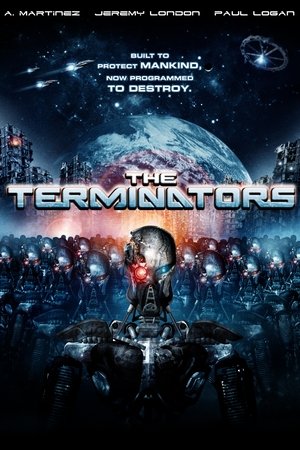 4.1
4.1The Terminators(en)
A small band of resistance fighters battle the cyborgs that have taken control of the planet.
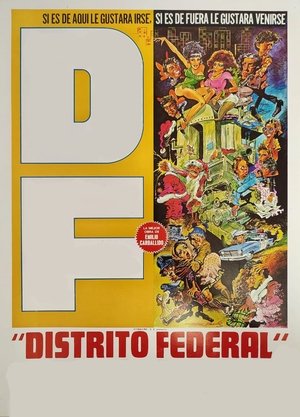 6.5
6.5D.F./Distrito Federal(es)
Anthology film, six little anecdotes about life in the big city.
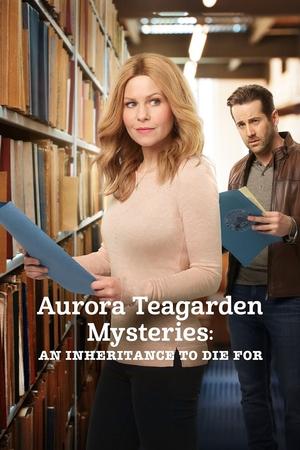 7.2
7.2Aurora Teagarden Mysteries: An Inheritance to Die For(en)
A matriarch is poisoned during a family wedding reception and Aurora Teagarden vows to get to the bottom of the crime, especially when her mother, a friend of the dead woman, stands to inherit the bulk of the massive estate. 11th installment in Aurora Teagarden Mysteries.
 6.4
6.4Kalki 2898-AD(te)
In the year 2898 AD, around 6000 years after Kurukshetra war, Ashwatthama gears up for his final battle of redemption at the sign of hope in a dystopian world and Bhairava, a wisecracking and self-interested bounty hunter, tired of the perilous life becomes the hurdle in the process.
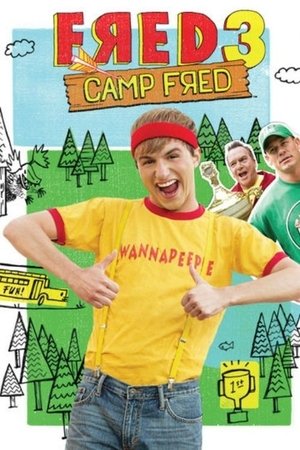 5.0
5.0FRED 3: Camp Fred(en)
Schools out, and Fred Figglehorn's dream of water slides, horseback riding and monkey butlers during the summer turns into a nightmare of gruel and poisonous berries when his mom signs him up to an unsanitary camp.
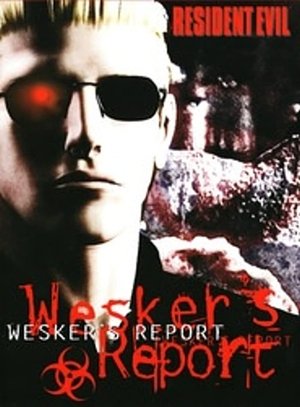 6.7
6.7Wesker's Report(ja)
A cutscene film narrated by and told from Albert Wesker's point-of-view that retells the events of Resident Evil, Resident Evil 2, and Resident Evil 3: Nemesis.
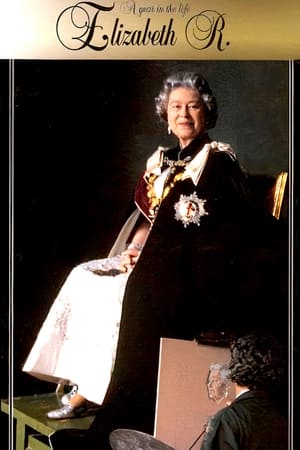 7.8
7.8Elizabeth R: A Year in the Life of The Queen(en)
Join the BBC cameras as they go behind the glitter of Buckingham Palace and the pomp of Windsor Castle for a close-up look at the minutia of the monarchy. Culled from a year of unprecedented access to Queen Elizabeth II, the documentary trails the queen as she interacts one-on-one with her family, her staff, her public, and international heads of state. Go behind closed doors for Christmas with the royal family, eavesdrop on cocktail chatter with Ron and Nancy Reagan, and catch unguarded moments when the queen pilots her own jeep or romps with her dogs. Elizabeth R. is a once-in-a-lifetime glimpse into the everyday life of a queen.
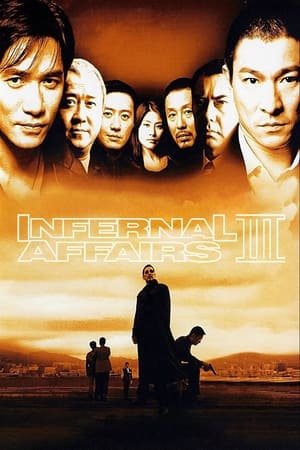 6.9
6.9Infernal Affairs III(cn)
While Yeung Kam Wing is trying to remove all connections between the mob and him, his actions are being carefully observed by Lau Kin Ming, who bears a personal grudge against him.
 7.6
7.6Surviving R. Kelly: The Impact(en)
A look at the aftermath and global impact of the docuseries `Surviving R. Kelly'
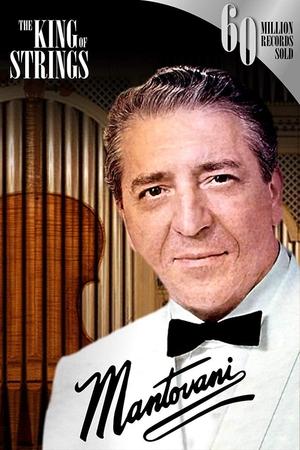 6.0
6.0Mantovani, the King of Strings(it)
Known for his unmistakable cascading strings and recordings such as Charmaine, Mantovani enthralled the world with his sublime arrangements. This is the story of the man and his music.
 6.6
6.6The Spirit of Christmas: Jesus vs. Santa(en)
Four carolling children meet Jesus and Santa Claus and learn the true meaning of Christmas.
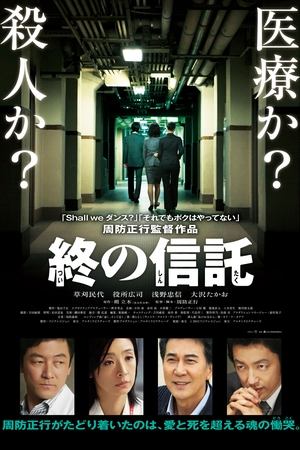 6.0
6.0The Terminal Trust(ja)
Shinzo Egi is an asthma sufferer who does not want to be place on life support. As a last request, Shinzo Egi asks his doctor Ayano Orii if she could follow his wish. Doctor Ayano Orii is then questioned in a criminal case because of her decision.
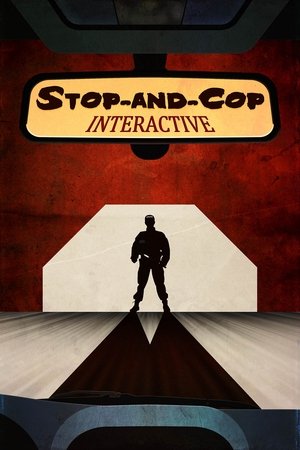 8.5
8.5Stop-and-Cop Interactive(fr)
STOP + Cop = "Stop" or "Slow down" ? Make the right choice. An interactice movie by Ken Arsyn.
Similar Movies
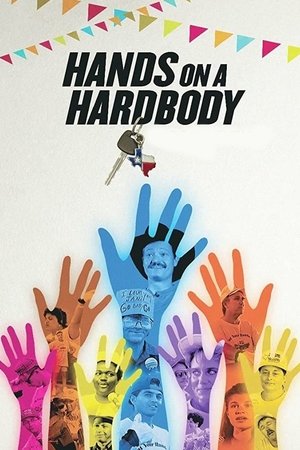 7.5
7.5Hands on a Hardbody: The Documentary(en)
Filmmaker S.R. Bindler profiles Texas contestants trying to win a truck by keeping one hand on it longer than everyone else.
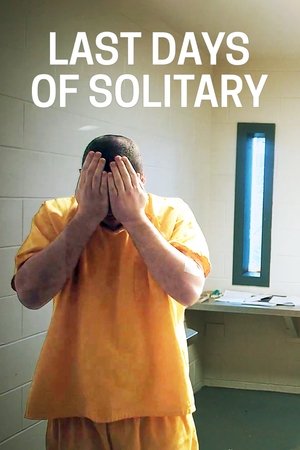 0.0
0.0Last Days of Solitary(en)
In 2011, Maine State Prison launched a pioneering reform program to scale back its use of solitary confinement. Bafta and Emmy-winning film-maker Dan Edge and his co-director Lauren Mucciolo were given unprecedented access to the solitary unit - and filmed there for more than three years. The result is an extraordinary and harrowing portrait of life in solitary - and a unique document of a radical and risky experiment to reform a prison. The US is the world leader in solitary confinement. More than 80,000 American prisoners live in isolation, some have been there for years, even decades. Solitary is proven to cause mental illness, it is expensive, and it is condemned by many as torture. And yet for decades, it has been one of the central planks of the American criminal justice system.
 6.9
6.9Tarnation(en)
Filmmaker Jonathan Caouette's documentary on growing up with his schizophrenic mother -- a mixture of snapshots, Super-8, answering machine messages, video diaries, early short films, and more -- culled from 19 years of his life.
 6.7
6.7Workers Leaving the Lumière Factory(fr)
Working men and women leave through the main gate of the Lumière factory in Lyon, France. Filmed on 22 March 1895, it is often referred to as the first real motion picture ever made, although Louis Le Prince's 1888 Roundhay Garden Scene pre-dated it by seven years. Three separate versions of this film exist, which differ from one another in numerous ways. The first version features a carriage drawn by one horse, while in the second version the carriage is drawn by two horses, and there is no carriage at all in the third version. The clothing style is also different between the three versions, demonstrating the different seasons in which each was filmed. This film was made in the 35 mm format with an aspect ratio of 1.33:1, and at a speed of 16 frames per second. At that rate, the 17 meters of film length provided a duration of 46 seconds, holding a total of 800 frames.
 8.2
8.2Night and Fog(fr)
Filmmaker Alain Resnais documents the atrocities behind the walls of Hitler's concentration camps.
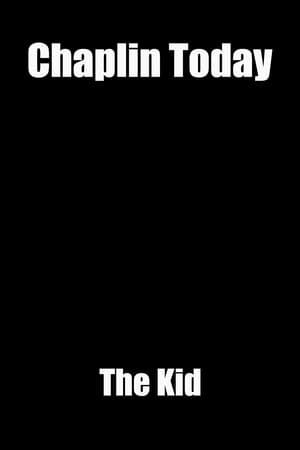 5.7
5.7Chaplin Today: 'The Kid'(en)
This documentary is featured on the two-disc Chaplin Collection DVD for "The Kid" (1921), released in 2004.
 5.8
5.8American Pimp(en)
Street pimps, all of them African-American, discuss their lives and work: getting started, being flamboyant, pimping in various U.S. cities, bringing a woman into their group, taking a woman from another pimp, and the rules and regulations of pimping. The men are clear: it's about money.
 6.5
6.5In the Shadow of Hollywood: Race Movies and the Birth of Black Cinema(en)
This documentary captures the sounds and images of a nearly forgotten era in film history when African American filmmakers and studios created “race movies” exclusively for black audiences. The best of these films attempted to counter the demeaning stereotypes of black Americans prevalent in the popular culture of the day. About 500 films were produced, yet only about 100 still exist. Filmmaking pioneers like Oscar Micheaux, the Noble brothers, and Spencer Williams, Jr. left a lasting influence on black filmmakers, and inspired generations of audiences who finally saw their own lives reflected on the silver screen.
Auge in Auge - Eine deutsche Filmgeschichte(de)
This is not merely another film about cinema history; it is a film about the love of cinema, a journey of discovery through over a century of German film history. Ten people working in film today remember their favourite films of yesteryear.
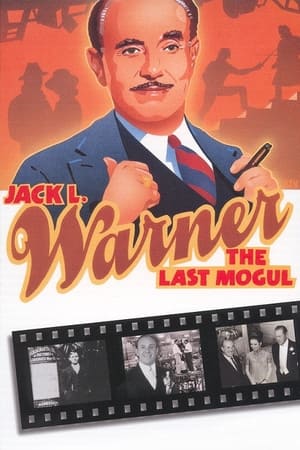 5.0
5.0Jack L. Warner: The Last Mogul(en)
An insider's account of Jack Warner, a founding father of the American film industry. This feature length documentary provides the rags to riches story of the man whose studio - Warner Bros - created many of Hollywood's most classic films. Includes extensive interviews with family members and friends, film clips, rare home movies and unique location footage.
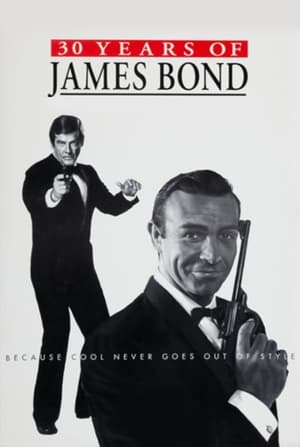 5.3
5.330 Years of James Bond(en)
An examination of why the James Bond films have proved so popular including a discussion between the four actors who have played Bond, an interview with Cubby Broccoli and contributions from the directors, production designers, special effects and stuntmen.
 3.0
3.0In Search of James Bond with Jonathan Ross(en)
Jonathan Ross delves into the world of James Bond and meets with new and former cast members who reveal humorous stories and anecdotes in a series of interviews. All the 5 Bonds at the time are featured, though only Lazenby (reflecting in the usual frank, self criticizing manner), Moore and Brosnan granted an interview. Connery and Dalton are featured through some unused footage from LWT's 30 years of James Bond program. The ever faithful Desmond Llewelyn turns up in character as well as some other less related peeps like Christopher Lee, Paul McCartney and the ultimate playboy: Hugh Hefner -- who all give an interesting perspective on the worlds most famous spy.
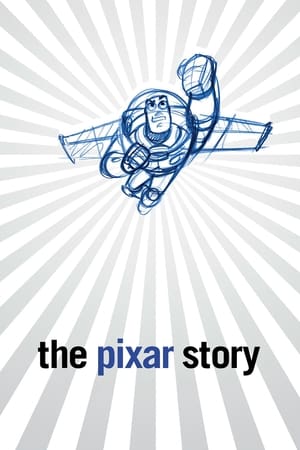 7.6
7.6The Pixar Story(en)
A look at the first years of Pixar Animation Studios - from the success of "Toy Story" and Pixar's promotion of talented people, to the building of its East Bay campus, the company's relationship with Disney, and its remarkable initial string of eight hits. The contributions of John Lasseter, Ed Catmull and Steve Jobs are profiled. The decline of two-dimensional animation is chronicled as three-dimensional animation rises. Hard work and creativity seem to share the screen in equal proportions.
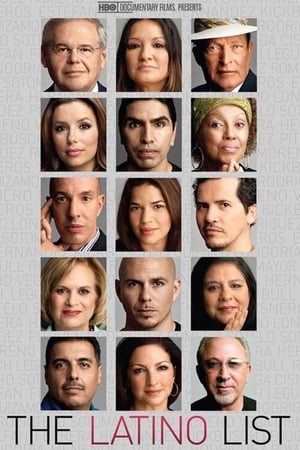 7.0
7.0The Latino List(en)
Documentary film interviews leading Latinos on race, identity, and achievement.
 6.3
6.3Roundhay Garden Scene(en)
The earliest surviving celluloid film, and believed to be the second moving picture ever created, was shot by Louis Aimé Augustin Le Prince using the LPCCP Type-1 MkII single-lens camera. It was taken in the garden of Oakwood Grange, the Whitley family house in Roundhay, Leeds, West Riding of Yorkshire (UK), possibly on 14 October 1888. The film shows Adolphe Le Prince (Le Prince's son), Mrs. Sarah Whitley (Le Prince's mother-in-law), Joseph Whitley, and Miss Harriet Hartley walking around in circles, laughing to themselves, and staying within the area framed by the camera. The Roundhay Garden Scene was recorded at 12 frames per second and runs for 2.11 seconds.
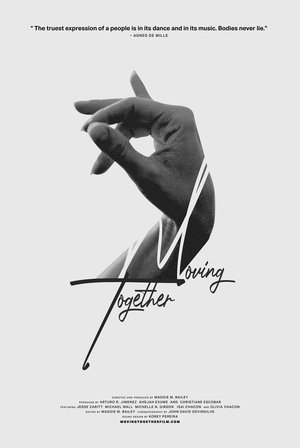 0.0
0.0Moving Together(en)
Moving Together is a celebratory love letter to music and dance that brims with kinetic life and energy. This documentary explores the intricate collaboration between dancers and musicians, moving seamlessly between Flamenco, Modern, and New Orleans Second Line.
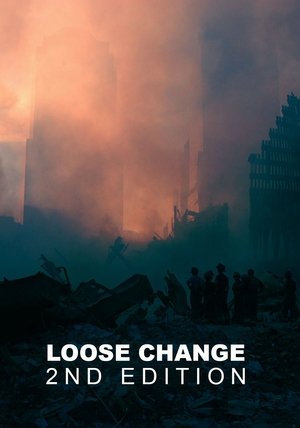 6.7
6.7Loose Change(en)
2nd Edition of Loose Change documentary. What if...September 11th was not a surprise attack on America, but rather, a cold and calculated genocide by our own government?We were told that the twin towers were hit by commercial jetliners and subsequently brought down by jet fuel. We were told that the Pentagon was hit by a Boeing 757. We were told that flight 93 crashed in Shanksville, Pennsylvania. We were told that nineteen Arabs from halfway across the globe, acting under orders from Osama Bin Laden, were responsible. What you will see here will prove without a shadow of a doubt that everything you know about 9/11 is a complete fabrication. Conspiracy theory? It's not a theory if you can prove it.Written and narrated by Dylan Avery, this film presents a rebuttal to the official version of the September 11, 2001 terrorist attacks and the 9/11 Commission Report.
 7.7
7.7The Thin Blue Line(en)
Errol Morris's unique documentary dramatically re-enacts the crime scene and investigation of a police officer's murder in Dallas.
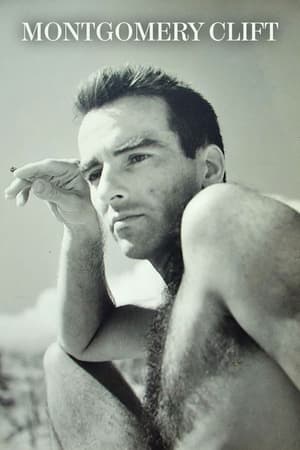 4.4
4.4Montgomery Clift(en)
A documentary incorporating footage of Montgomery Clift’s most memorable films; interviews with family and friends, and rare archival material stretching back to his childhood. What develops is the story of an intense young boy who yearned for stardom, achieved notable success in such classic films as From Here to Eternity and I Confess, only to be ruined by alcohol addiction and his inability to face his own fears and homosexual desires. Montgomery Clift, as this film portrays him, may not have been a happy man but he never compromised his acting talents for Hollywood.



